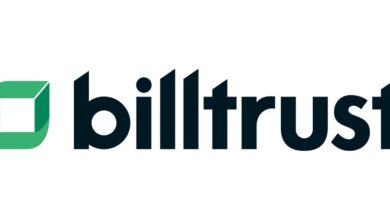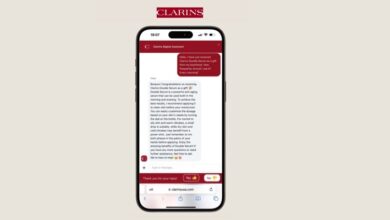Cara, the AI-Skeptical Artist Portfolio App, Skyrockets to Hundreds of Thousands of Users — Colossal
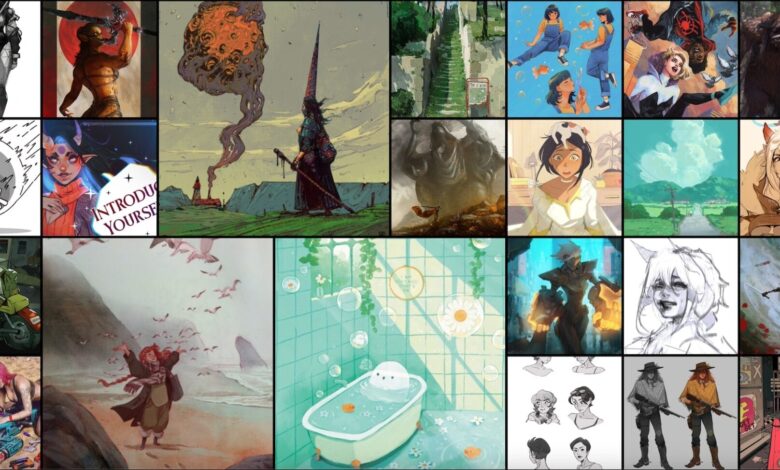
Art
Design
Social Issues
#artificial intelligence
#digital
All images © the artists and Cara
“I want AI to do my laundry and dishes so that I can do art and writing, not for AI to do my art and writing so that I can do my laundry and dishes,” author Joanna Maciejewska recently wrote post on X (formerly Twitter) that quickly went viral.
Generative AI has developed as a type of deep-learning technology in which new content, like text or imagery, can be created based on the data it has collected. Over the past few years, it has grown in popularity with visual applications like DALL-E 3 or Midjourney, which create images based on text prompts. Many popular photo-editing apps, like Adobe Photoshop, now include an AI feature. Yet a fundamental question at the core of generative AI revolves around where the data for this content comes from.
While the unprecedented technology presents a wide range of uses and implementations, it’s not without its downsides, which often revolve around data usage, copyright, and regulation. When artists began noticing their original art had been co-opted by generative models, a clarion call was issued to stop their work from being scraped to build the databases generative programs use. Class-action lawsuits have further drawn attention to individuals’ copyrights and how information is collected, reused, and remixed.
A few months ago, a new social media and portfolio app called Cara emerged with a twofold goal of creating a space for artists to share their original work and closely monitoring for AI-generation, which is not allowed. Cara also incorporates a tool called Glaze, or The Glaze Project, developed by the SAND Lab at the University of Chicago “to protect human artists by disrupting style mimicry in the training of generative AI models.” Not only can artists share their work in an AI-free environment, but the platform actively works to prevent imagery from being replicated as closely.
Over the weekend, Cara jumped from a few thousand users to more than 300,000 when Instagram users started sharing links to their new profiles, launching the platform into the Top 5 in Apple’s U.S. App Store. It hasn’t been without some growing pains—the team had to upgrade the servers seven times to keep up with demand, and the team is determining how to sustainably handle the growth. Formatted like a fusion of Instagram and Twitter, the interface is familiar and efficient, quickly becoming a hub for artists working in both digital and analog character development, animation, illustration, and more.
Created by photographer Jingna Zhang and a small team of engineers and contributors, Cara aims to stay at the forefront of technological developments, advocating for artists’ rights while building an effective networking tool. “The future of creative industries requires nuanced understanding and support to help artists and companies connect and work together,” the team says. “We want to bridge the gap and build a platform that we would enjoy using as creatives ourselves.”
Head to Cara to download the app and explore its growing range of portfolios. You can give Colossal a follow, too.
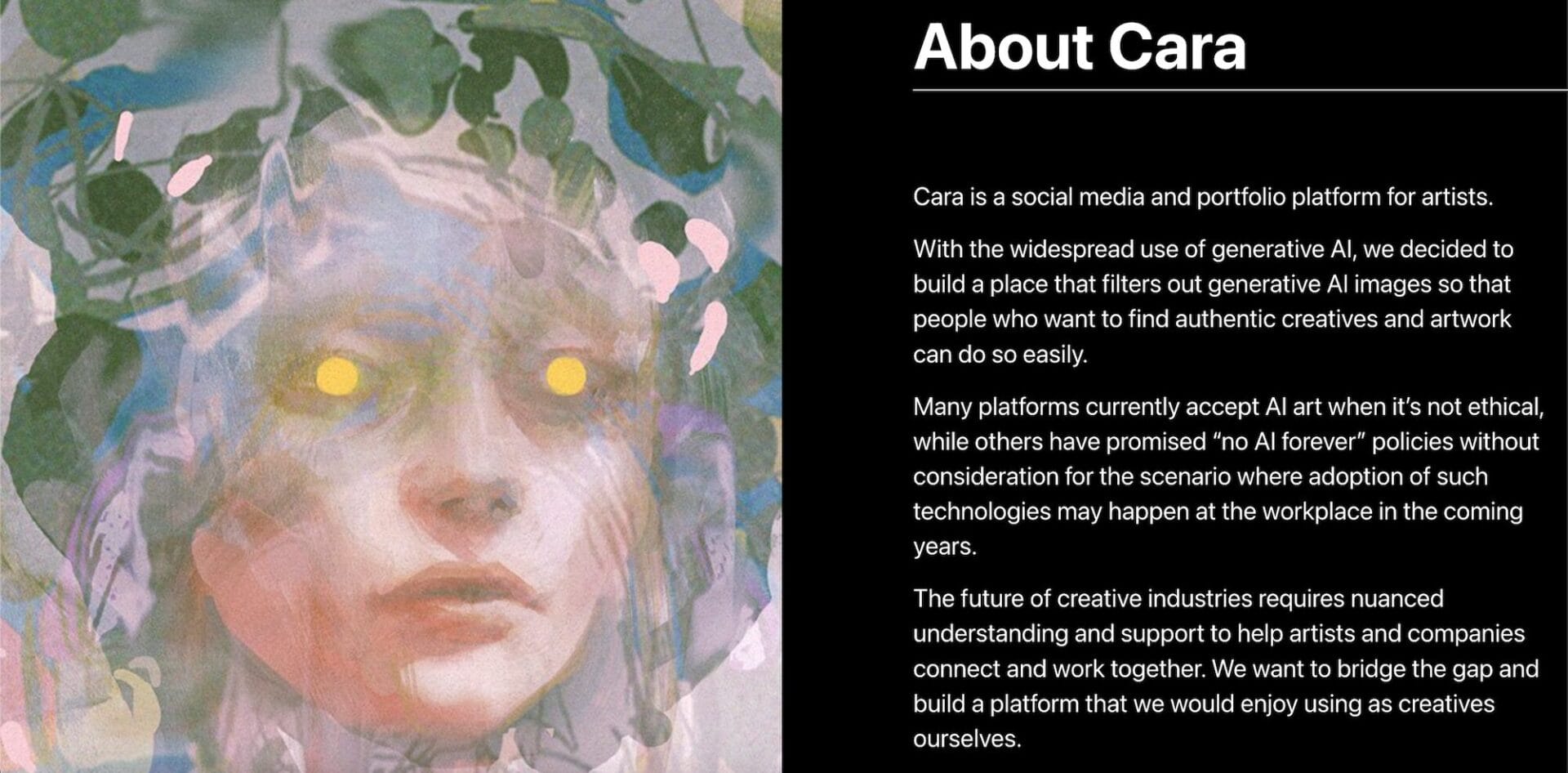
Detail of artwork by Tobias Kwan
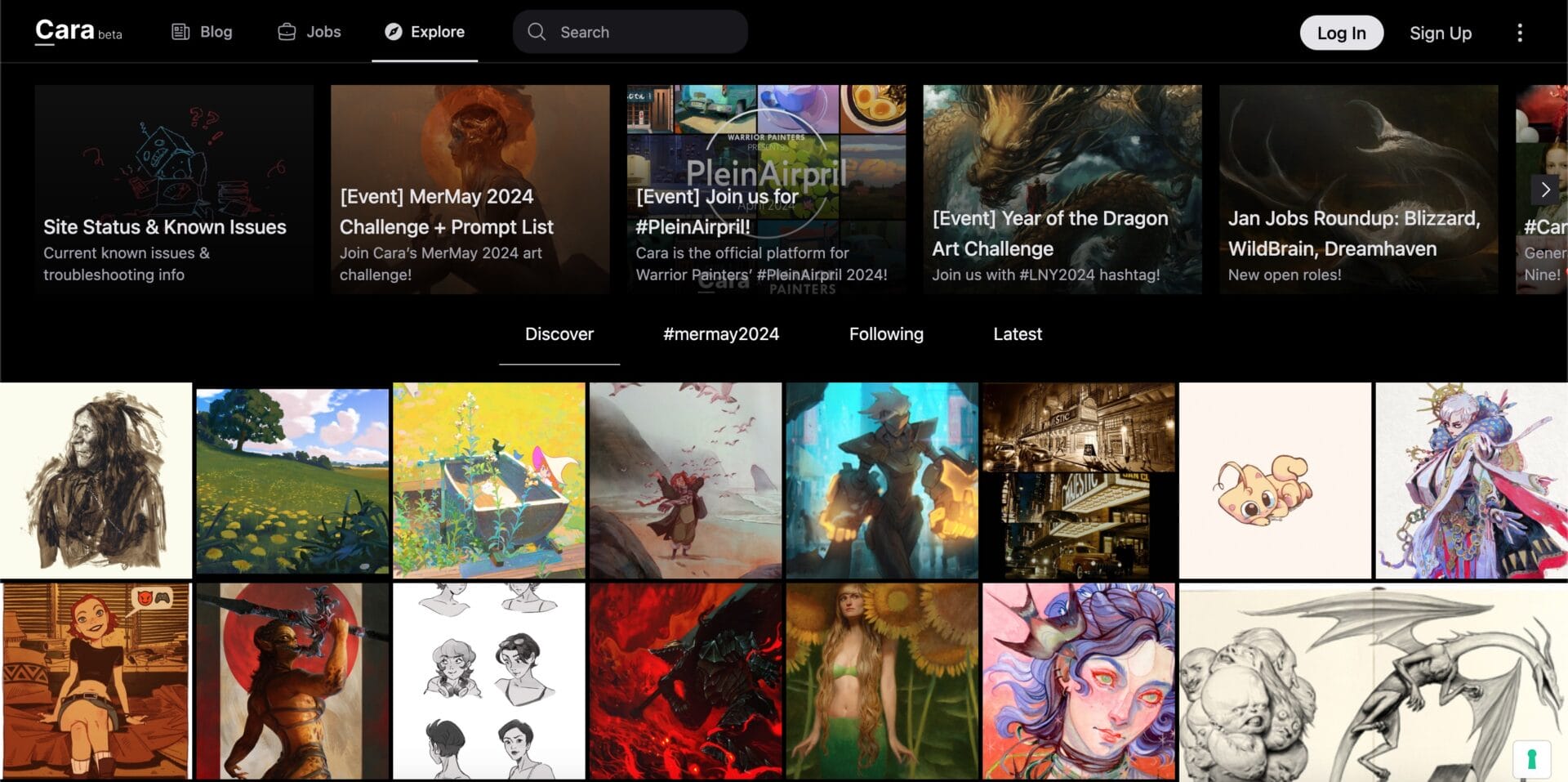
#artificial intelligence
#digital
Do stories and artists like this matter to you? Become a Colossal Member today and support independent arts publishing for as little as $5 per month. You’ll connect with a community of like-minded readers who are passionate about contemporary art, read articles and newsletters ad-free, sustain our interview series, get discounts and early access to our limited-edition print releases, and much more. Join now!
